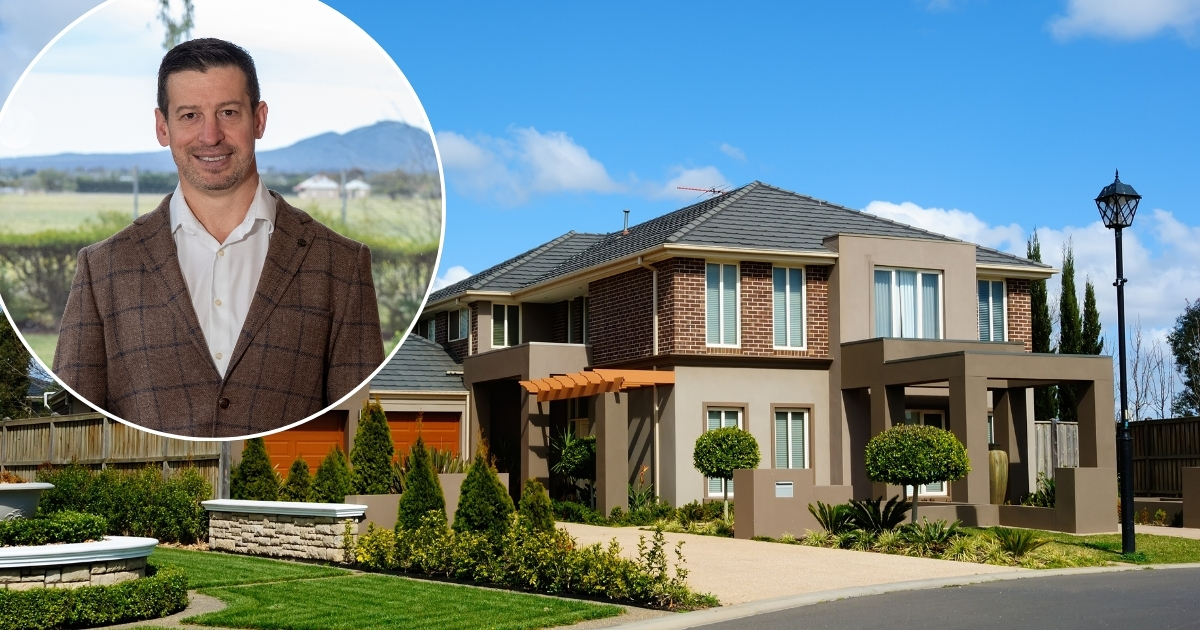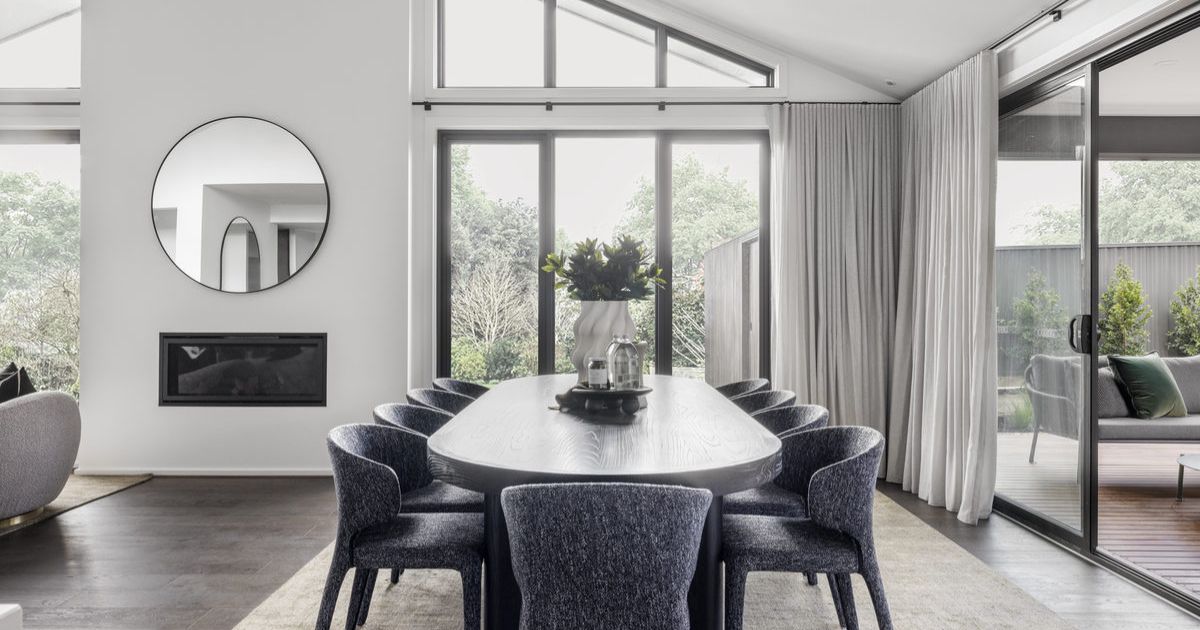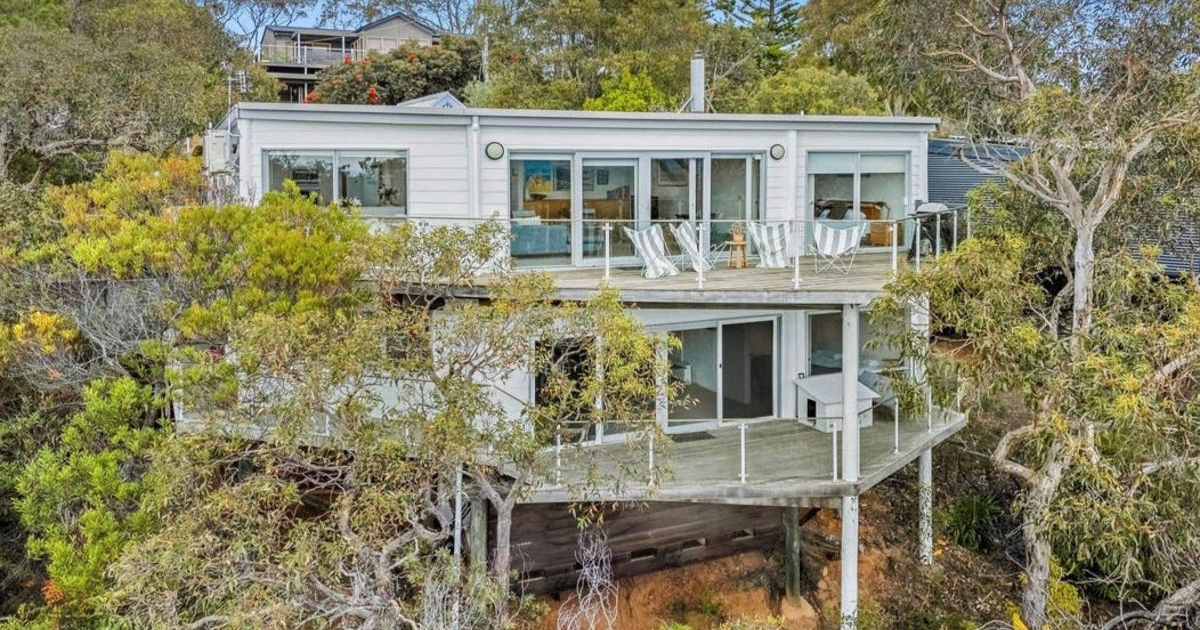It’s spring nesting time at Armstrong Mount Duneed wetlands
Springtime is here and for Geelong’s bird population that means nesting, eggs, hungry young chicks and avoiding voracious predators.
At Armstrong Mount Duneed’s wetlands, nesting boxes created by artist Folko Kooper are helping protect new arrivals across several species from raptors and other animals on the lookout for a quick feed.
Ocean Grove photographer Ian Smissen captured this red-rumped parrot at one of four nesting box refuges at the man-made avian sanctuary along the busy Surf Coast Highway.
Smissen is one of two zoologists collaborating with the Armstrong wetlands developer, Villawood Properties, in a program aimed at tracking and safeguarding native birdlife in the community and minimising the impact of introduced pest birds compete for nesting hollows.
More than 60 species of birds have been identified in the Armstrong corridor and the fledgling program is targeting schoolchildren and residents with bird counts, bird habits, safety tips and other related activities.
Among the rich local birdlife are species such as fantail cuckoos, sulphur-crested cockatoos, galah, red-rumped parrots, rainbow lorikeets, musk lorikeets, royal spoonbills, dotterels, wood ducks, swamp hens, sparrows, teal ducks, white-plumed honeyeaters, finches, superb fairy wrens, red-browed finches, nankeen kestrels, black-shouldered kites, magpies and mudlarks.
Zoologist Jess Radford said the nesting boxes offered important protection for birds but that a broader approach was needed to assist a happy co-existence between birds and humans in suburban areas.
“The environment is pretty good, I see a lot of birds in the area and I hear a lot of frogs in Armstrong Creek – that’s a good sign.
“But we need to guard against ferals, keeping cats indoors is a big thing, so too is habitat creation.
“You need all different types for different birds, and more nesting boxes, hollows in old trees, planting new trees.
“Engaging kids and schools is good to get them bird watching, interpretative signs along paths is a good way, too.
“We know that development alters territories, I’d suggest putting other nest boxes around new residential precincts.”
The Armstrong nesting boxes were commissioned by Villawood to help local birdlife and engage the community.
The boxes are sited close to the giant corten pelicans, also created by Kooper, at the corner of Surf Coast Highway and Armstrong Boulevard.
“They’re aimed at engendering curiosity in the environment and art, which are good things for a young growing community,” Villawood Properties executive director Rory Costelloe said.
The birdhouses sit some five to six metres above the ground, resembling multi-storey mediaeval houses and castle towers.
Some look Nordic, or 1950s sci-fi. One in particular is dinky-di Aussie with several cockatoo sculptures attached.
The boxes also host artistic flourishes such as cockatoos and parrots, metal hat-like tops and flowering creepers.
The birdhouses feature internal nesting boxes specific to local species such as rosellas and lorikeets, wood ducks and corellas, Major Mitchell cockatoos, and boobook owls.


















